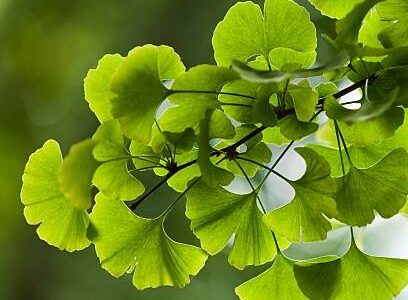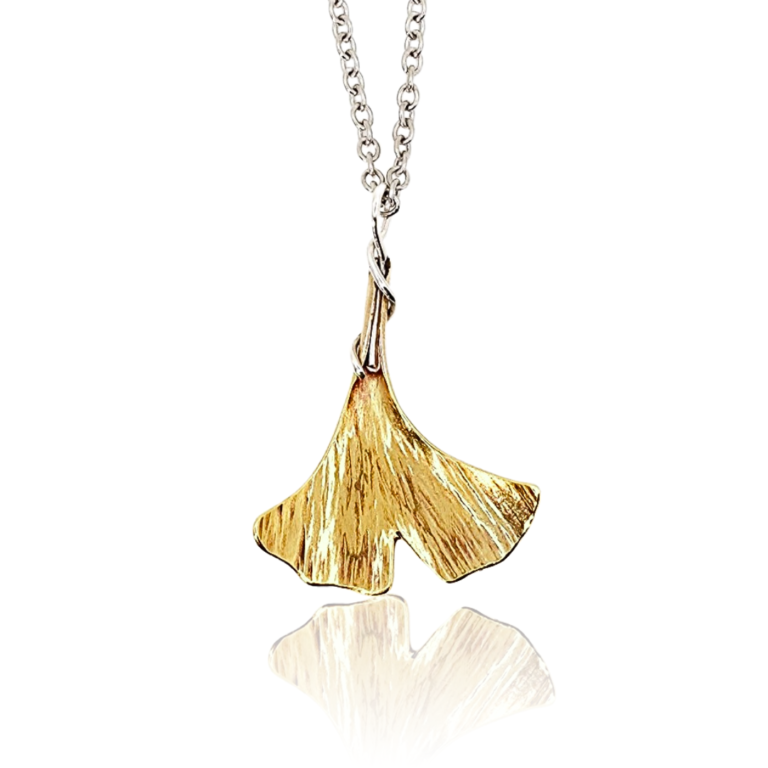In the realm of ancient trees, Ginkgo biloba stands as a living relic, a testament to the resilience of nature and the passage of time. This unique tree, with its fan-shaped leaves and fascinating history, holds both scientific significance and cultural allure. Join us on a journey to uncover the facts and mythology surrounding Ginkgo biloba, a botanical marvel that has captured the human imagination for centuries.

Ginkgo Biloba Facts
Ginkgo biloba: The Living Fossil
Ginkgo biloba, often referred to as the maidenhair tree, is an ancient species that has withstood the test of time. Believed to be over 270 million years old, this deciduous tree has a distinctive appearance, characterized by its leathery, fan-shaped leaves that turn a brilliant golden hue in the fall. Native to China, the Ginkgo tree has become a symbol of longevity and endurance. It is the last living species in the order Ginkgoales, which first appeared over 290 million years ago. The genus name is regarded as a misspelling of the Japanese pronunciation gin kyo for the kanji meaning “silver apricot”, which is found in Chinese herbology literature such as Daily Use Materia Medica in 1329 and Compendium of Materia Medica published in 1578.
Health and Wellness Benefits: Unveiling the Facts
Beyond its aesthetic charm, Ginkgo biloba is renowned for its potential health benefits. The leaves of the tree are rich in antioxidants and flavonoids, believed to have positive effects on cognitive function and memory. Many cultures have turned to Ginkgo biloba supplements for its reputed ability to support mental acuity and overall well-being.
Ginkgo in Mythology: A Symbol of Resilience and Hope
The mythology surrounding Ginkgo biloba is as rich as its biological history. In Chinese culture, the tree is a symbol of endurance and longevity. Ginkgo trees are often planted near temples and shrines, signifying hope and the belief in the tree’s ability to withstand even the harshest conditions. In Japan, the Ginkgo is associated with the atomic bombings of Hiroshima, where a lone tree survived the blast and became a beacon of hope and renewal.
The Ginkgo’s Journey Westward
The story of Ginkgo biloba extends beyond Asia. In the 18th century, the tree found its way to Europe, where it gained popularity as an ornamental tree in gardens and parks. Today, Ginkgo biloba is a common sight in urban landscapes worldwide, celebrated for its unique beauty and historical significance.
Ginkgo Jewelry: Unveiling the Timeless Elegance of Nature-Inspired Adornments
As jewelry has evolved through the ages, certain motifs have endured, captivating generations with their timeless beauty and symbolic significance. Among these, the ginkgo leaf has emerged as a beloved design element, seamlessly blending the beauty of nature with the artistry of adornment. Join us on a journey through the history of ginkgo jewelry, exploring its origins, symbolism, and enduring appeal.

Ginkgo in Asian Jewelry Traditions
The ginkgo leaf’s cultural significance is especially pronounced in Asian jewelry traditions. In China and Japan, where the ginkgo tree is revered, artisans have incorporated ginkgo motifs into their designs for centuries. Ginkgo jewelry is often worn as a symbol of resilience, strength, and connection to nature. Traditional craftsmanship techniques, such as cloisonné and filigree, beautifully capture the intricate details of the ginkgo leaf.
Art Nouveau and Ginkgo: A Perfect Marriage
The late 19th and early 20th centuries marked the Art Nouveau movement, a period characterized by a fascination with organic forms and a rejection of industrialization’s rigid lines. During this era, the ginkgo leaf found its way into the world of jewelry design, becoming a favored motif among Art Nouveau artisans. Renowned jewelry houses, such as Lalique and Tiffany & Co., embraced the ginkgo’s elegant lines, creating intricate pieces that embodied the essence of the natural world.
Revival in Contemporary Design
While the Art Nouveau movement may have faded, the allure of ginkgo jewelry persists. Contemporary designers continue to draw inspiration from the ginkgo leaf, infusing it with new life and interpretations. From delicate earrings and necklaces to bold statement pieces, ginkgo jewelry remains a popular choice for those seeking a connection to nature and a touch of timeless elegance.
Closing Thoughts: Ginkgo Jewelry, a Story Continues
As we trace the history of ginkgo jewelry, it becomes clear that the allure of this nature-inspired motif transcends time and cultural boundaries. From the Art Nouveau era to contemporary design, the ginkgo leaf continues to captivate jewelry enthusiasts with its symbolic depth and aesthetic grace. With each piece, ginkgo jewelry weaves a story of resilience, longevity, and the enduring beauty of nature.

